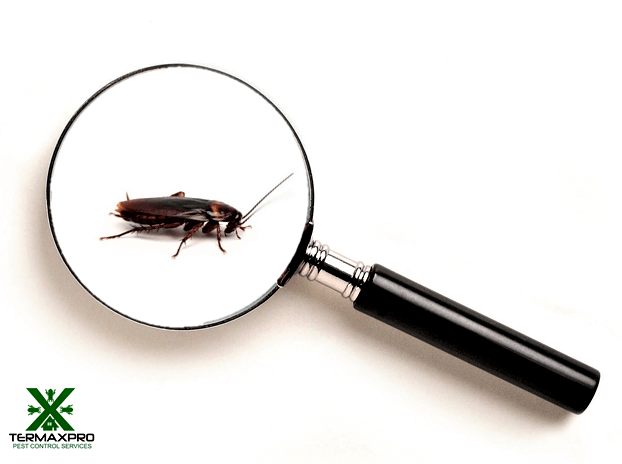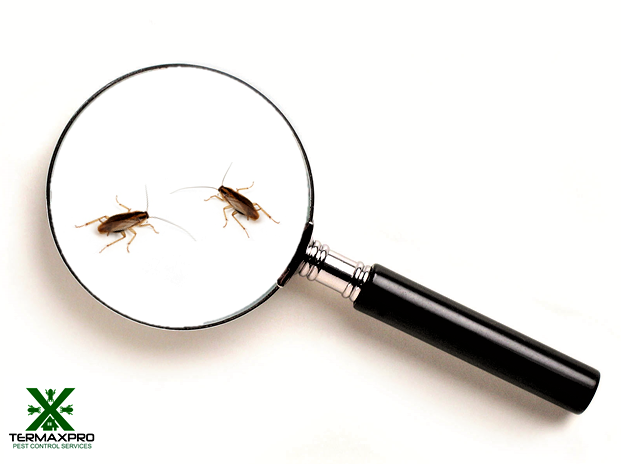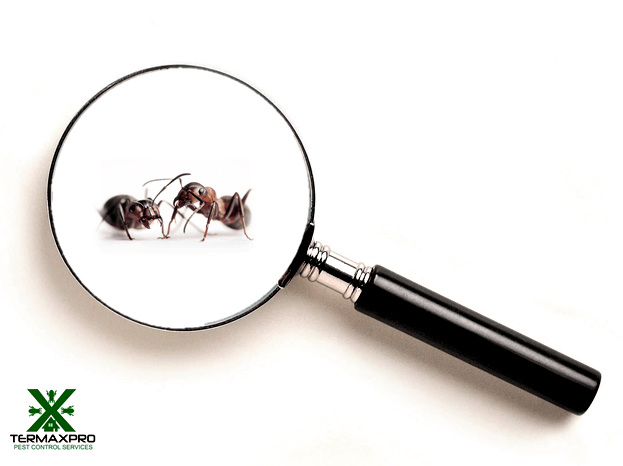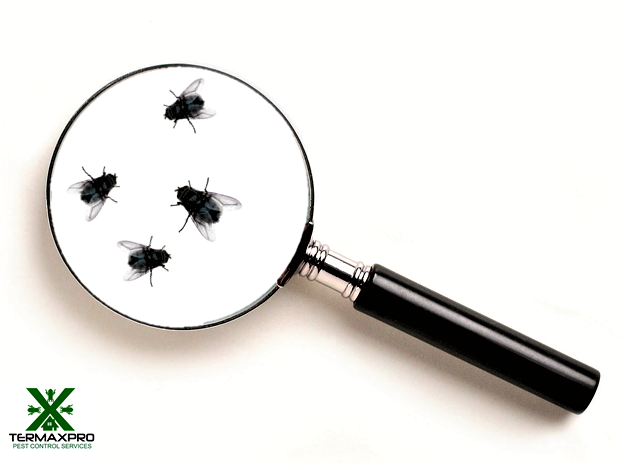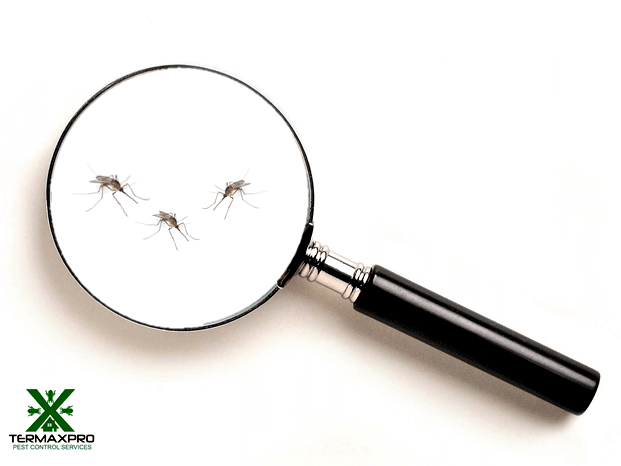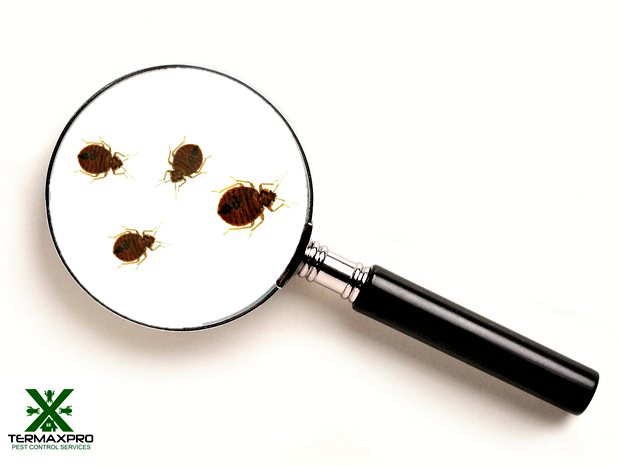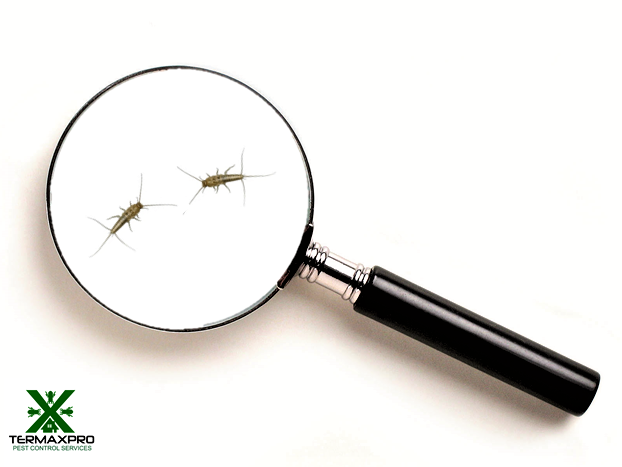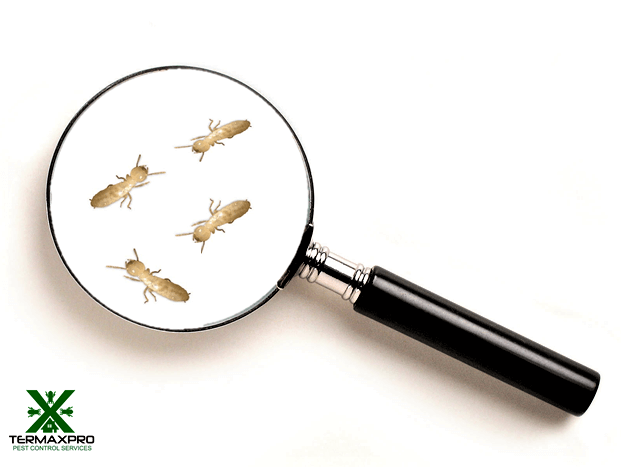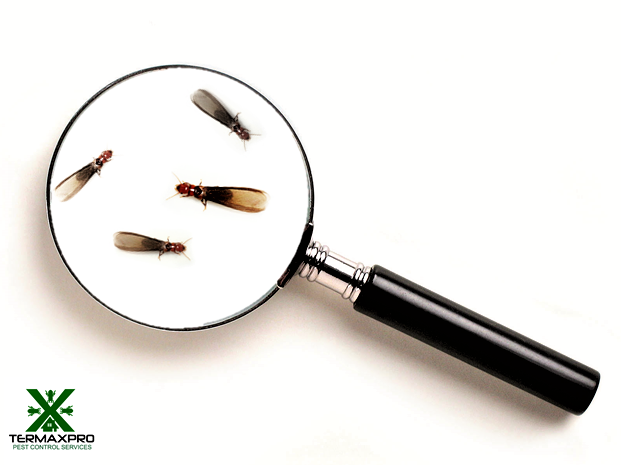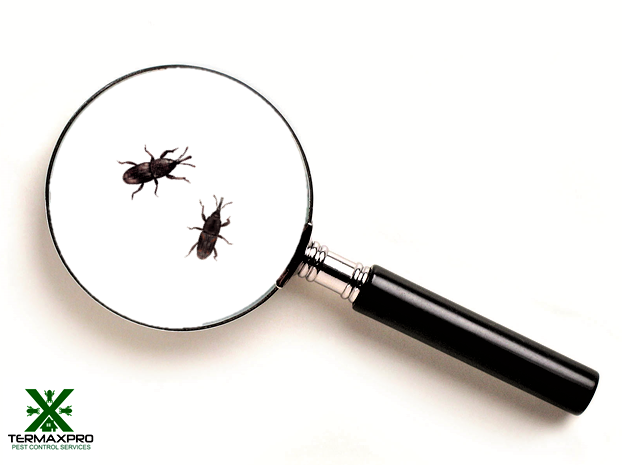The German cockroach (Blattella germanica) is a small species of cockroach, that can barely fly. It is the most widely troublesome of species of cockroach considered as domestic pests. They occur widely in human buildings, particularly in restaurants, food processing facilities, hotels, and offices. They are omnivorous scavengers, mostly attracted to meats, starches, sugars, and fatty foods. When food is limited, they may eat household items such as soap, glue, and toothpaste. In famine conditions, they turn cannibalistic, chewing at each other’s wings and legs. They reproduce faster than any other residential cockroach,50 – 60 days (egg to adulthood).



